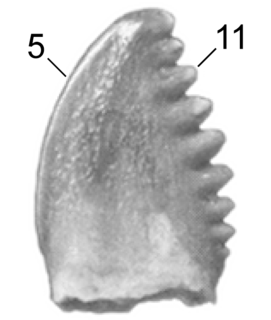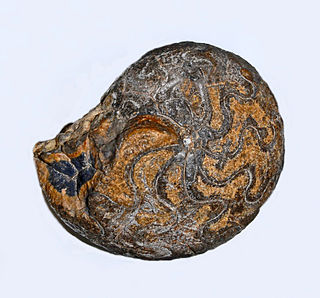Related Research Articles

Asterales is an order of dicotyledonous flowering plants that includes the large family Asteraceae known for composite flowers made of florets, and ten families related to the Asteraceae. While asterids in general are characterized by fused petals, composite flowers consisting of many florets create the false appearance of separate petals.

A phalarope is any of three living species of slender-necked shorebirds in the genus Phalaropus of the bird family Scolopacidae.

Wagtails are a group of passerine birds that form the genus Motacilla in the family Motacillidae. The forest wagtail belongs to the monotypic genus Dendronanthus which is closely related to Motacilla and sometimes included therein. The common name and genus names are derived from their characteristic tail pumping behaviour. Together with the pipits and longclaws they form the family Motacillidae.

The grass warblers are small passerine birds belonging to the genus Locustella. Formerly placed in the paraphyletic "Old World warbler" assemblage, they are now considered the northernmost representatives of a largely Gondwanan family, the Locustellidae.

Tringa is a genus of waders, containing the shanks and tattlers. The genus name Tringa is the New Latin name given to the green sandpiper by the Italian naturalist Ulisse Aldrovandi in 1599. They are mainly freshwater birds, often with brightly coloured legs as reflected in the English names of six species, as well as the specific names of two of these and the green sandpiper. They are typically associated with northern hemisphere temperate regions for breeding. Some of this group—notably the green sandpiper—nest in trees, using the old nests of other birds, usually thrushes.
Physeter is a genus of toothed whales. There is only one living species in this genus: the sperm whale. Some extremely poorly known fossil species have also been assigned to the same genus including Physeter antiquus from the Pliocene of France, and Physeter vetus from the Quaternary of Georgia. Physeter vetus is very likely an invalid species, as the few teeth that were used to identify this species appear to be identical to those of another toothed whale, Orycterocetus quadratidens.

The small bird genus Geronticus belongs to the ibis subfamily (Threskiornithinae). Its name is derived from the Greek gérontos in reference to the bald head of these dark-plumaged birds; in English they are called bald ibises.

The genus Eligmodontia consists of five or six species of South American sigmodontine mice restricted to Bolivia, Chile, and Argentina. Species of Eligmodontia occur along the eastern side of the Andes Mountains, in Patagonia, and in the Chaco thorn forest of South America. They can be found in arid and semiarid habitats and in both high and low elevation areas. These rodents are commonly known as gerbil mice or by their local name lauchas. Sometimes they are also called silky desert mice, highland desert mice or silky-footed mice. The closest living relatives are probably the chaco mice (Andalgalomys), the leaf-eared mice, and Salinomys.

Pectinodon is a genus of troodontid dinosaurs from the Late Cretaceous period (66 mya). It currently contains a single valid species, Pectinodon bakkeri, known only from teeth.
Raymondiceras is genus of ammonoid cephalopod belonging to the Cheiloceratidae family. Species belonging to this genus lived in late Devonian (Famennian).
Nelomites is genus of ammonoid cephalopods belonging to the Cheiloceratidae family. Species belonging to this genus lived in late Devonian (Famennian). This genus was originally described under the name MelonitesBogoslovskii, 1971; however, the same generic name has also been used for genus of echinoid named MelonitesNorwood & Owen, 1846. Bockwinkel, Korn & Herd (2019) coined a replacement generic name Nelomites.

Pachydesmoceras is a genus of ammonites belonging to the family Desmoceratidae.

Platyclymeniidae is a family of ammonites belonging to the order Clymeniida.
Acanthoclymenia is genus of ammonoid cephalopods belonging to the Acanthoclymeniidae family. Species belonging to this genus lived in middle and late Devonian. Its fossils were found in Europe, Asia, north Africa, North America and Australia. Species of this genus had discoidal shells with flattened venter.
References
- 1 2 3 "Goniat database" . Retrieved 20 October 2015.
- ↑ Korn D, Klug C (2002) Ammoneae Devonicae. Fossilium Catalogus 138. Backhuys, Leiden